Importance of irrigation management in the production of coconuts and toddies
“Water is a finite resource that is essential in advancement of agriculture, and is vital to human life.” - Jim Costa, American Politician
All metabolic and production processes in plants require water. Crops are raised using a variety of land configurations, soil types, climate conditions, seasons, and water supply circumstances. Water management is the process of using water in the most productive and economical way possible to maximize crop yields while reducing water loss. Coconut trees need between 40 and 100 liters of water each day in the dry season. During the dry season, coconut plants require between 40 and 100 liters of water every day. Plantations of coconuts are commonly subjected to severe moisture stress at that time, which in certain places can last up to three months. Without irrigation, it has been found that the intermediate dry zone.
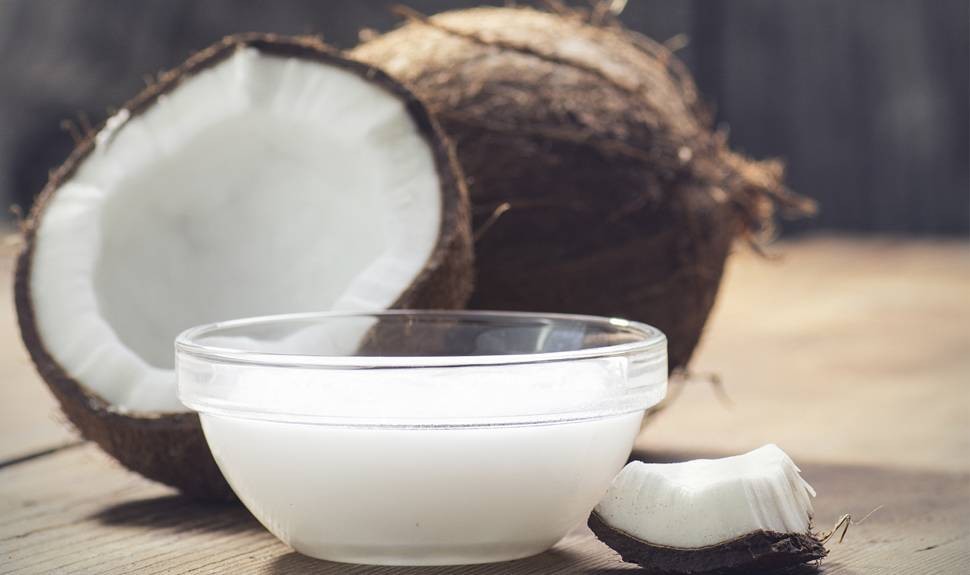
Young palms and seedlings could experience a 70% mortality rate. Due to moisture stress, coconut trees experience physiological harm when there is less than 50mm of rainfall per month. The impact of the drought has been prolonged for an additional year. The most effective and economical methods of getting over such a protracted period are achieved three to four years after irrigation began. Drought-induced soil moisture stress regularly hinders the palm's growth and nut production. It is believed that compared to other tree crops, variations in production caused by weather are far more pronounced in the case of coconuts.
The majority of the nation's coconut industry's operations are conventional ones including copra production, oil extraction, coir production, and toddy tapping. Among the products produced are virgin coconut oil, desiccated coconut, vinegar made from coconut water, and coconut water. A tropical crop called coconut thrives in the humid tropics. It thrives in areas with typical air temperatures between 25 and 29 degrees Celsius, below 1000 meters, and close to the coast. Coconut plants lack cambium, secondary development in the palm, and tap roots. The main roots normally grow horizontally from the bole and are found in the topsoil. The main branches grow deeper and have a lateral spread of up to 10 meters. There is always a crop of coconut. When taken care of properly, trees can endure up to 60 years.
Due to high water waste, traditional coconut/palm garden irrigation techniques like flood irrigation, basin irrigation, and so forth only have an irrigation efficiency of 30 to 50 percent. Input costs for these systems, such labor and energy, are also very high. Traditional irrigation methods shouldn't be used because of a lack of water, increased labor and energy expenses, and these issues. The Coconut Research Institute (CRI)proposes using smart farming techniques or regulated irrigation in these circumstances. The finest irrigation technology for coconut and palm trees is irrigation automation.
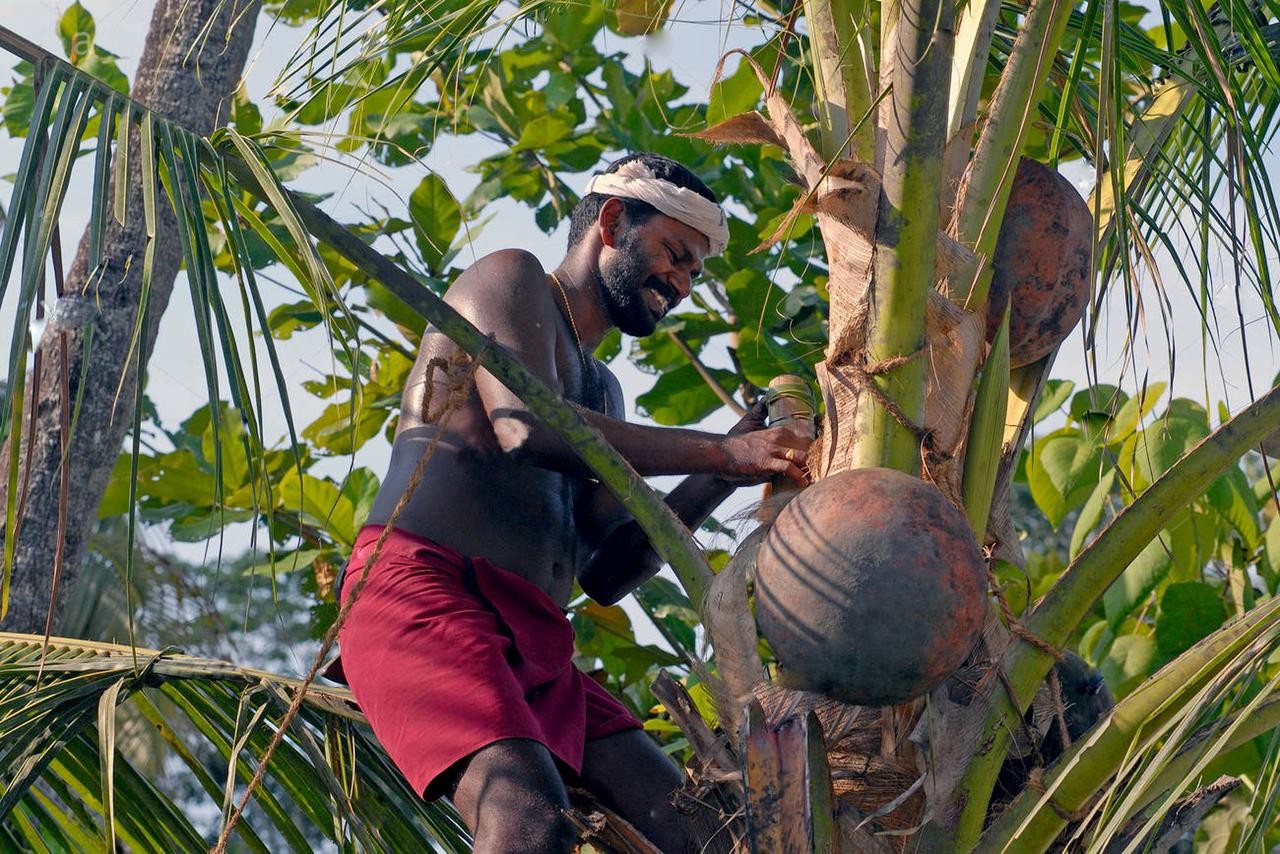
The quantity and quality of coconut toddies depend heavily on irrigation and fertilization, with an emphasis on the water cycle and fertilizer rotation. Irrigation water volume significantly affects evaporation, transpiration, yield, and water use efficiency in coconut and palm trees. The ability to schedule irrigation for the coconut plants reduces human error, and an automatic warning system is built on it to notify on variances. This is the significance of irrigation management in this situation. By monitoring the EC and soil moisture levels, this should maintain track of and evaluate mission-critical Coconut tree data across the entire plantation while also enhancing product quality. 66% of the open pan evaporation is the recommended amount of water for drip irrigation in coconut.
The age of the crop and the kind of soil affect how much water the coconut palm needs. Because of this, it is impossible to make generalizations about how much
water coconut plants require in various climates.
45 liters per adult palm, per day
5 to 10 gallons per young palm each day
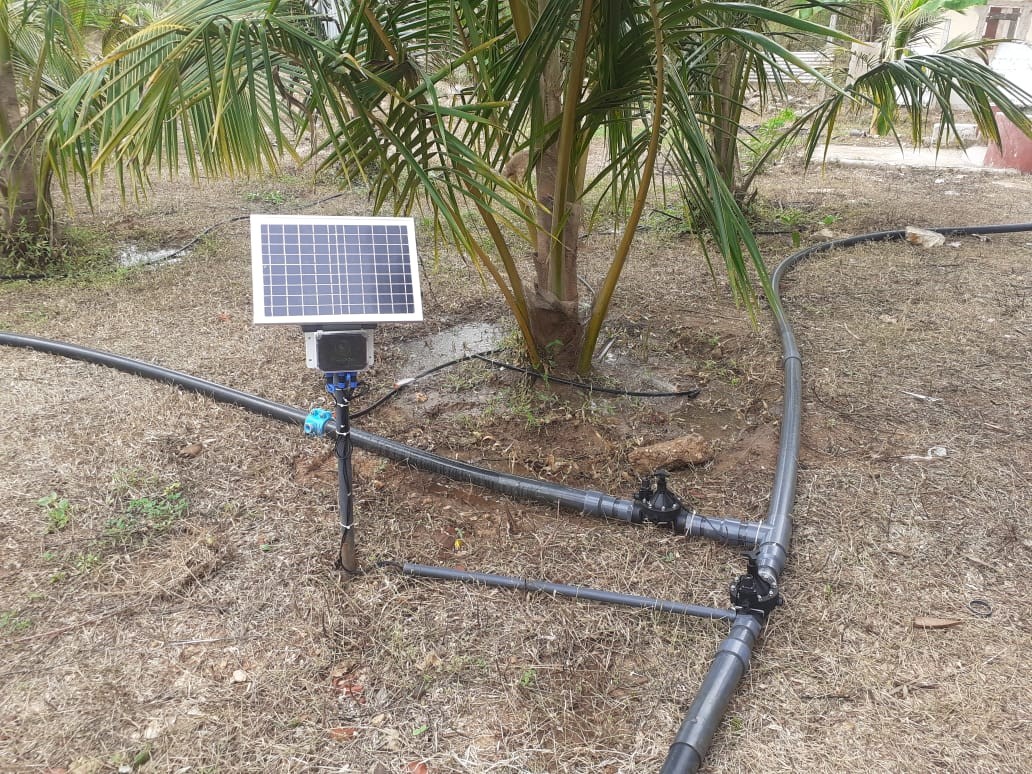
Irrigation has a great number of additional benefits, some of which are as follows:
1. Water is saved.
2. Increases plant output and growth
3. It is ideal for terrain that is undulating and has little water holding capacity because it uses less energy and effort.
4. boosts the effectiveness of fertilizer while reducing weed growth
“The irrigation system is based on demand. We can’t divert water down the system if the users aren’t requesting it.” - Vince Alberdi
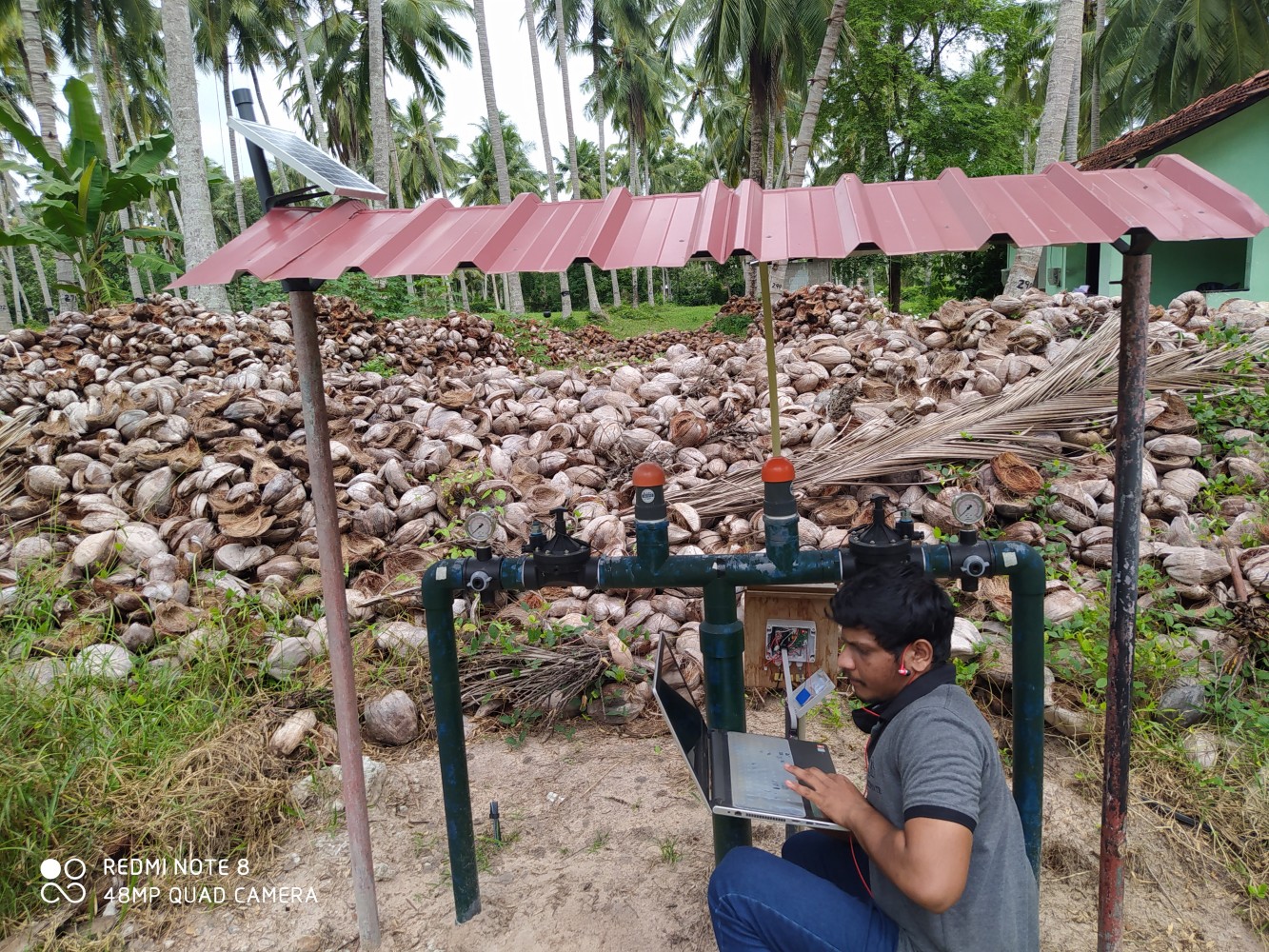
The irrigation effectiveness of conventional coconut garden irrigation systems such flood irrigation, basin irrigation, and so forth is only 30 to 50% due to high water loss. Input costs for these systems, such labor and energy, are also very high. Traditional irrigation methods are discouraged by a lack of water and growing labor and energy expenses. The best way to water coconuts in these conditions is via drip irrigation.
Written by Sinthuja Thavayogarajah
Other Blogs

2024-04-19
Cultivating Tomorrow: Nurturing Agribusiness Innovation for Sustainable Growth
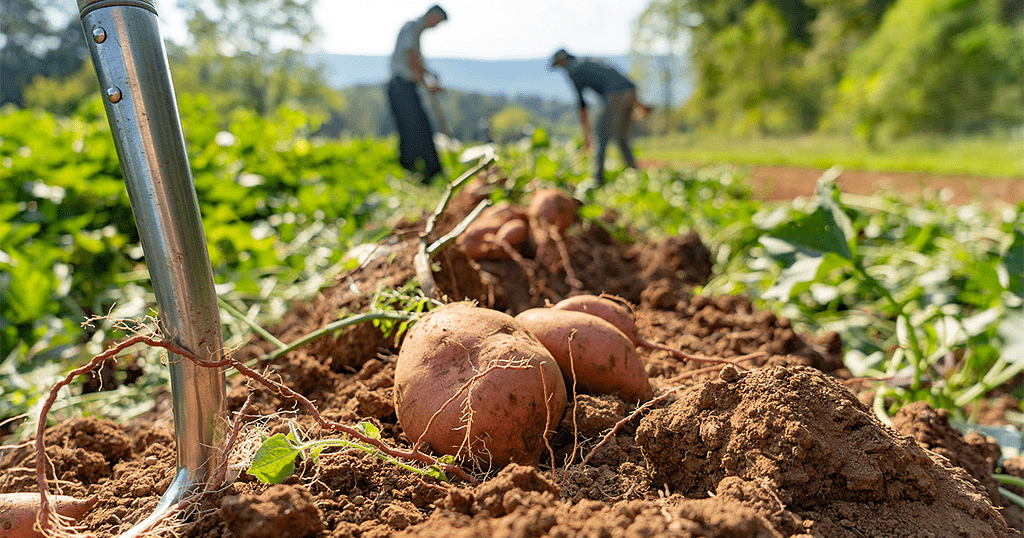
2022-08-06
Promoting Digital Agriculture Technologies among rural farmers in Ecuador
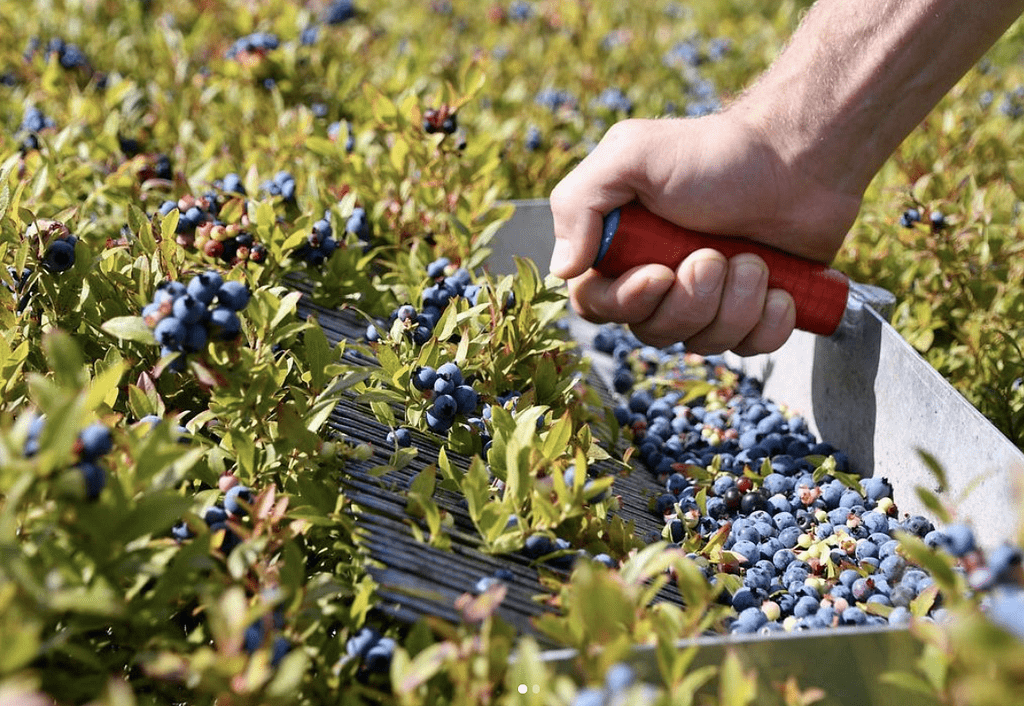
2022-08-06
SenzAgro’s Precision Agriculture Technologies in Japan Blueberry Farming
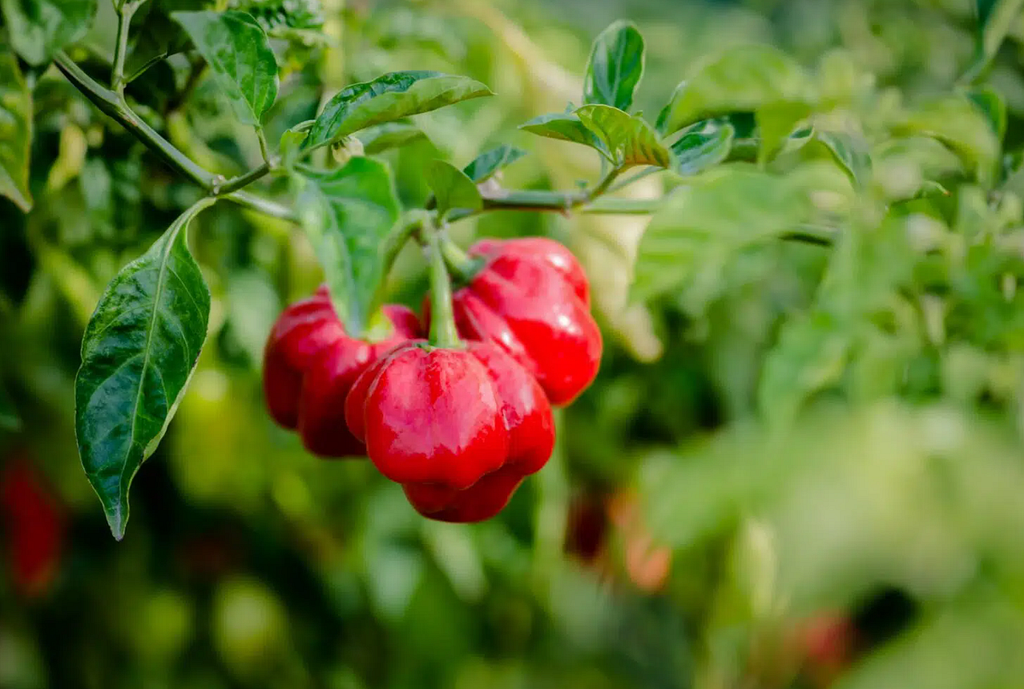
2022-08-06
Maintaining the Optimum Growing Environment for Scotch Bonnet with SenzAgro’s Technologies
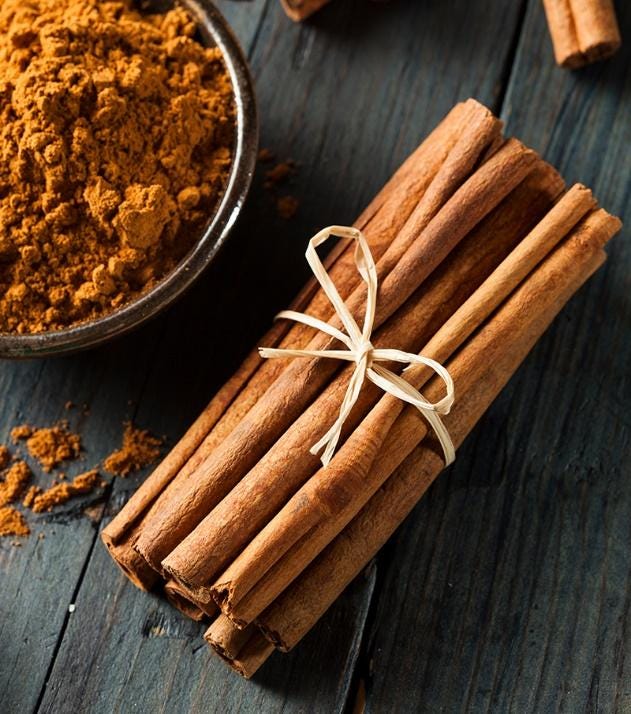
2022-08-06
Disease Prediction in Cinnamon Cultivation with SenzAgro’s Agricore Intelligence Platform

2023-08-07
Importance of Irrigation management in the production of coconuts and toddies

2023-08-07
Utilize IoT technologies to enhance the tea manufacturing process' quality
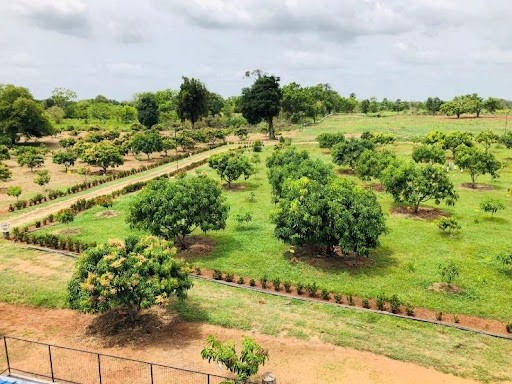
2023-08-07
SenzAgro-Case Study will help you increase your mango yield
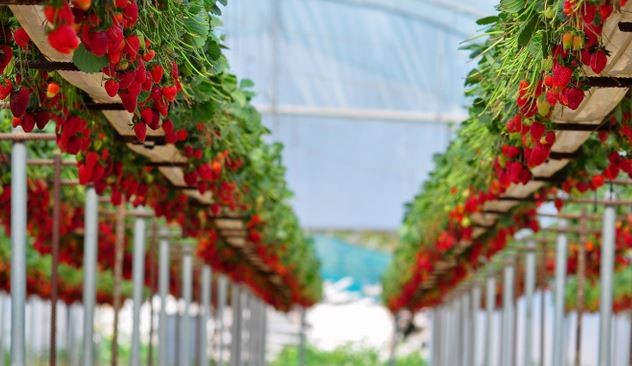
2023-08-07
SenzAgro Technology's Strawberry Cultivation Case Study Might Help You Get Started
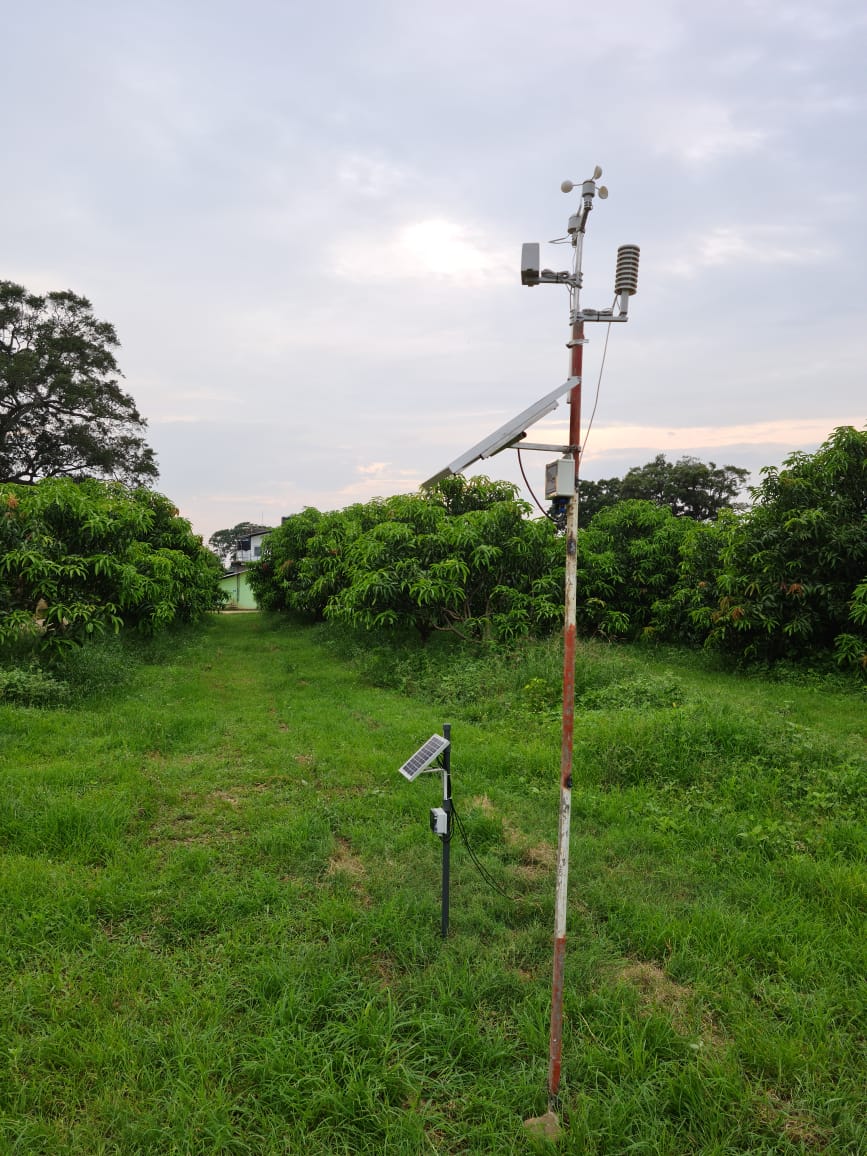
2023-08-07
Does changing weather pose a threat to agriculture? NO LONGER!

2023-08-07
Techniques for smart farming and automated irrigation to improve coconut/palm cultivation.
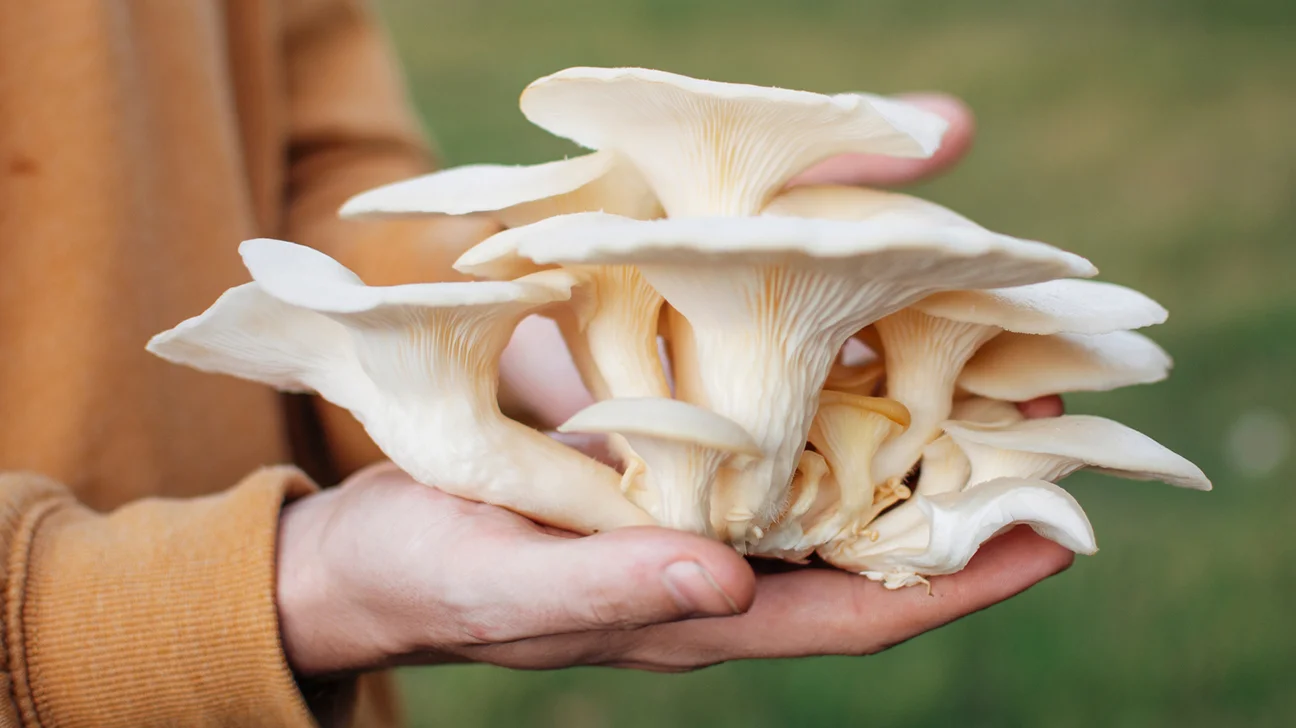
2023-08-07
Technology for oyster mushroom agriculture to get the best yield.
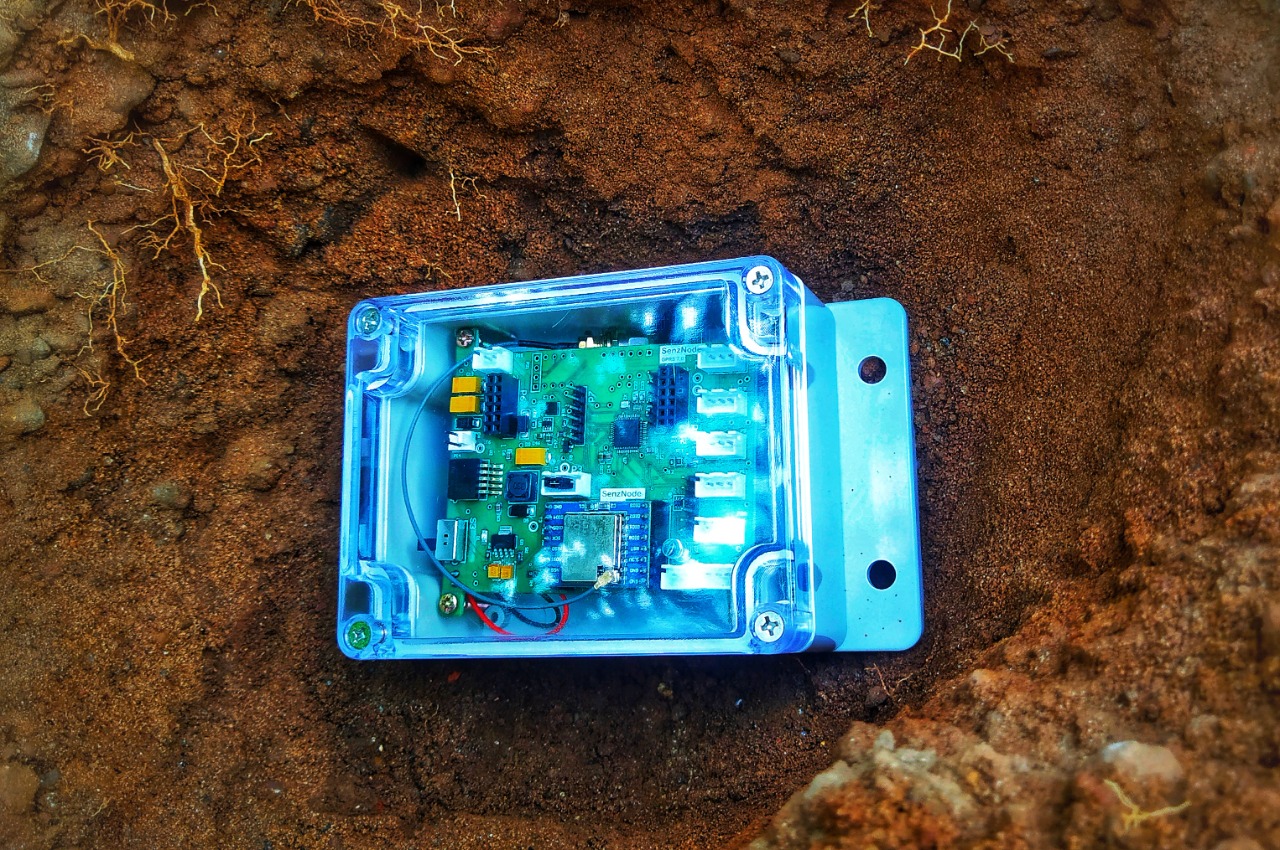
2023-08-07
